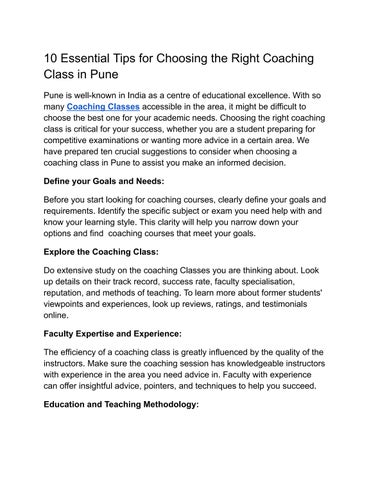
🧘 How the Right Approach Can Revolutionize Your Yoga or Meditation Journey 🧘
Engaging in yoga and meditation is an intimately personal experience. Although moving through asanas or sitting in silence may appear to be a uniform endeavor from an outsider’s perspective, anyone who has delved deeply into these practices understands that the essence of transformation lies in customization. Discovering which styles, settings, and instructors genuinely resonate with your emotional, physical, and spiritual requirements can be the pivotal element that opens the door to a profoundly gratifying, healing practice.
In this article, we’ll examine how recognizing what aligns with your unique learning preferences, emotional aspirations, and individual tastes can profoundly alter and enhance your yoga or meditation experience.
🌟 The Importance of Personal Connection
When embarking on a yoga or meditation journey, you may instinctively feel compelled to join any class that fits into your schedule. However, as time progresses, you might realize that certain instructors reach your spirit in ways that others do not, and that’s not just acceptable — it’s vital.
Just as no two individuals are the same, no two educators are identical. Some teach with a focus on precise alignment cues that enhance physical awareness, while others offer a more energetic approach, highlighting breath, emotion, or spiritual meaning. The goal is to discover instructors and techniques that align with your motivations for practicing — whether that involves stress alleviation, healing from trauma, building physical stamina, pursuing spiritual insight, or fostering emotional expression.
🎓 Discover a Teaching Style that Resonates
Everyone has distinct learning styles. Understanding how we take in information — visually, through sound, or through physical engagement — can be the difference between a dull and an uplifting practice. This principle, often highlighted in traditional teaching methods, beautifully translates to yoga and meditation as well.
For example:
– Those who learn visually might gain from instructional videos, focusing on alignment and sequencing.
– Auditory learners could flourish with sound baths, spoken guided meditations, or rhythmic cues.
– Kinesthetic or tactile learners might find restorative yoga with props or candlelit meditations more engaging.
Equally important is the language used — some individuals connect with metaphorical suggestions (“open your heart like a flower”), while others prefer direct anatomical instructions (“lift the chest, draw the abdomen inward”).
💬 The Influence of the Right Message
Yoga and meditation extend beyond just physical and mental activities; they frequently serve as vessels for healing, reflection, and reconnection. For numerous practitioners, particularly those overcoming trauma, mental health concerns, or chronic stress, the structure and context of a practice session are profoundly significant.
For example, while affirmations are often utilized in meditation, they don’t benefit everyone. A study published in Psychological Science titled, “Positive Self-Statements: Power for Some, Peril for Others,” found that for individuals with low self-esteem, overly positive affirmations (e.g., “I am worthy of love”) may backfire, exacerbating their feelings.
Conversely, grounding and realistic affirmations like “I am safe,” “I have a place I call home,” or “I am okay today” may resonate better with those grappling with anxiety, trauma, or depression. The essential insight? Any therapeutic or motivational framework must connect with the practitioner at their current emotional and psychological state, not where the aspirational culture dictates they should be.
🧠 Acknowledging Emotional and Sensitive Preferences
In a fast-paced, results-driven culture, we often learn to suppress our preferences. However, in practices centered on self-exploration such as yoga and meditation, those ‘preferences’ frequently act as a guide to what we truly need.
Do you gravitate towards instructors with gentle voices, or do you prefer dynamic speaking styles? Is soft lighting and the aroma of incense essential for you to feel centered? Does the mood of a teacher’s music selection distract from or enhance your experience?
These subtleties of practice are not insignificant — they profoundly influence how immersive and accessible your sessions feel. Cultivating an environment, both within and around you, that feels safe and aligned with your needs is a radical form of self-care.
🧭 Finding the Right Fit May Take Time
Here’s a truth we often overlook: It’s perfectly fine if it takes years to discover a practice that resonates as home. Your “ideal” yoga or meditation environment may not emerge in the first few weeks, or even within a year. Exploration is a crucial component of personal growth.
Experiment with various studios or apps. Try out different styles — vinyasa, yin, kundalini, or trauma-sensitive yoga. Participate in a meditation session led by a therapist, or explore Yoga Nidra or visualization techniques. Each endeavor brings you closer to understanding what works best for you.
Keep in mind that what works wonderfully for someone else may not resonate with you — and that doesn’t negate the validity of your own path.
🌈 Your Practice, Your Journey
In conclusion, the transformative power of yoga and meditation is amplified when deeply personalized. Whether you seek comfort, balance, healing, or development, permitting yourself to explore and experiment is the